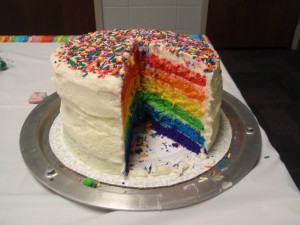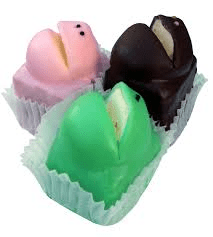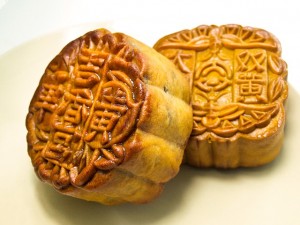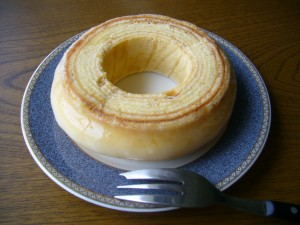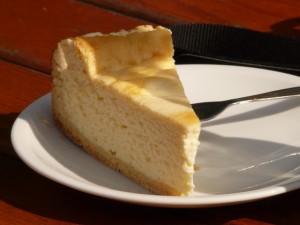Marie Antoinette couldn’t catch a break. Not only did she marry into a kingdom on the brink of disaster, her famous misquote has been repeated by numerous people throughout the course of history. While the starving French peasants would have counted themselves lucky to have bread, there is no reason why modern travel cannot have their cake and eat it too. In fact, here are some of the most unusual cakes from around the globe for you to try on your next trip.
Frog Cake: Hailing from South Australia, this dessert is composed of two layers of sponge cake that are held together by jelly and topped with an indented mound of cream. This towering structure is then covered with green fondant icing. Lastly, a mouth carved is out so that the shape ultimately resembles a frog’s head. Pink and brown versions have also made an appearance in recent years. This confection was originally created in the 1920s by the Balfour family who were inspired by the European pastries that one of them had encountered on his travels.
Moon Cake: This round Chinese delicacy traditionally has a crust made from either lard or vegetable oil. Lotus seed or red bean paste comprises the center but sometimes the filling also contains salted egg yolks. Chinese characters denoting harmony or longevity are usually stamped on the outside and other decorations may additionally make an appearance from time to time. Legends even say that the overthrow of the Mongols was brought about by messages conveyed on the outside of these confections. In any case, wedges of these highly caloric cakes are still typically eaten during the annual Mid-autumn festival although healthier versions of this delicacy have since become available.
Tree Cake: More commonly known under its’ German name, Baumkuchen, this dessert is popular in both Europe and Japan. The cake dates back at least as far as the late 16th century when it was first published in a cookbook. The basic recipe calls for typical cake ingredients such as eggs, flour, sugar, butter, vanilla, and so on. However, some bakers have been known to add glazes as well as fruit or nut fillings to their Baumkuchens. When made in the traditional fashion, tree cake is takes some time to prepare. After all, the dessert obtains its’ characteristic appearance from the thin layers of batter that are pasted onto a spit and allowed to brown individually before the next layer is added on. Most tree cakes average about 18 layers, but professional chefs have been known to create much larger confections.
Bon appétit!
Source: Wikipedia

